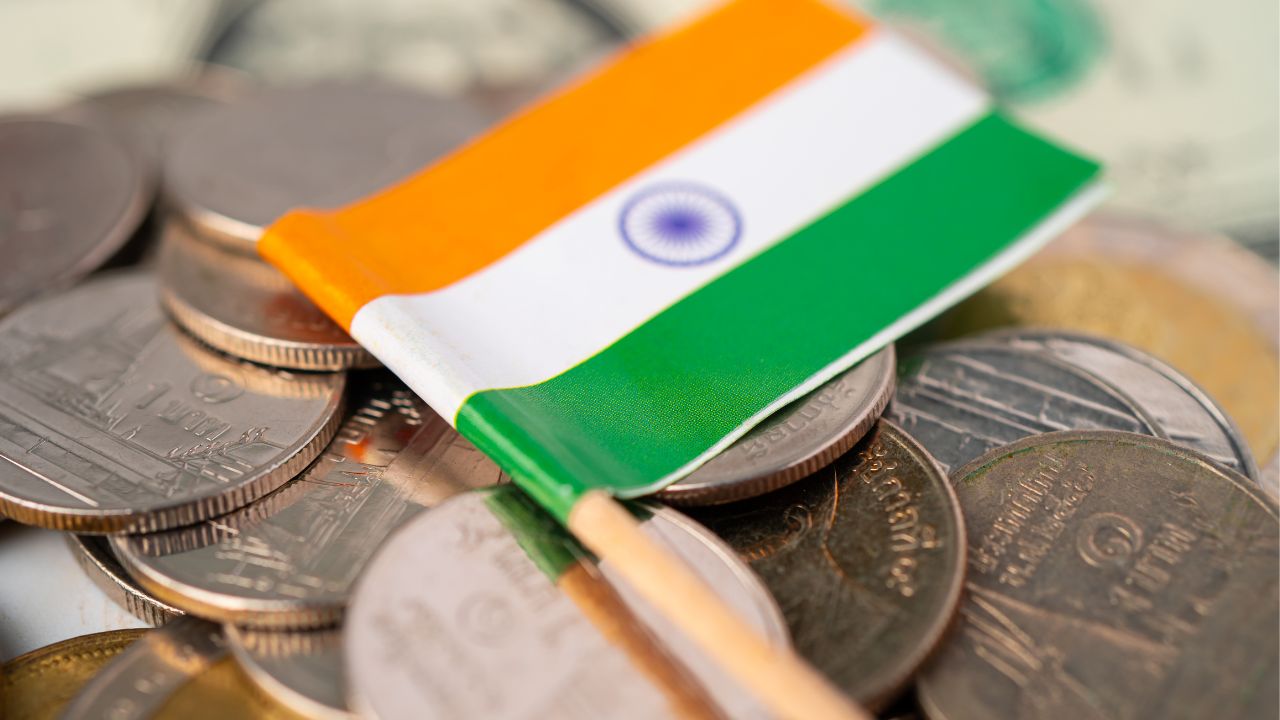
A Historical Dive into India’s Budget Presentations
By Saket Kumar, ETF Junction
January, Tuesday 30, 2024
The annual budget presentation in India is not just a financial event; it's a spectacle that captures the nation's attention. Steeped in history and laden with significance, this crucial fiscal exercise is more than just numbers on paper. In this blog, we'll unravel the fascinating historical journey of India's budget presentations, peppered with startling facts that make this event a riveting affair.
Historical Significance:
1) The Genesis in Colonial India:
The origins of India's budget presentation can be traced back to colonial times. The first budget of independent India was presented on November 26, 1947, by R.K. Shanmugam Chetty, the first Finance Minister of the country. This marked the beginning of a financial tradition that has endured for decades.
2) The Railway Budget:
Until 2016, India had a separate Railway Budget presented a day before the Union Budget. This practice, started by the British in 1924, aimed at addressing the unique financial needs of the expansive railway network. However, in a historic move, the Modi government merged the Railway Budget with the Union Budget in 2017, streamlining the process.
3) The Red Briefcase Case:
The iconic red briefcase that holds the budget documents is synonymous with the Finance Minister's speech. This tradition dates back to the 1950s when India's first Finance Minister, T.T. Krishnamachari, used a leather suitcase to carry the budget papers. The red hue was introduced by his successor, Morarji Desai, and has stuck ever since.
4) Economic Reforms of 1991:
A watershed moment in Indian economic history was the budget presentation of 1991 by then-Finance Minister Dr. Manmohan Singh. Faced with a severe economic crisis, the budget marked the initiation of significant economic reforms, dismantling the License Raj and opening up the Indian economy to globalization. This budget laid the foundation for India's economic liberalization.
5) First Digital Budget:
In 2021, Finance Minister Nirmala Sitharaman presented India's first-ever digital budget. Breaking away from the traditional printed documents, the budget went paperless, emphasizing the government's commitment to digital governance and environmental sustainability.

6) Women-Centric Budgets:
Several budgets in India have included a focus on women's welfare. For instance, the 2018 budget introduced the "Mahila Shakti Kendra" to empower rural women, and the 2020 budget allocated funds for women's self-help groups. These initiatives reflect the evolving priorities of the Indian government in promoting gender inclusivity and empowerment.
7) Jawan Fund:
In 1962, during the Indo-China war, Finance Minister Morarji Desai introduced the 'Jawan Fund' to encourage citizens to contribute to the defense efforts. People were urged to buy defence bonds, and the funds collected were utilized for the welfare of armed forces personnel and their families.
8) Jawan Fund: The Demands for Grants:
The budget is presented in two parts - the first part includes the 'Annual Financial Statement' or the budget speech, and the second part comprises the 'Demands for Grants.' The Demands for Grants are essentially detailed explanations of the budget allocations for various ministries and departments, providing a comprehensive breakdown of where the money is intended to be spent.
8) The Pink Economic Survey:
In 2016, for the first time, the Economic Survey, a document that precedes the budget, was presented in a pink cover. The move was aimed at promoting gender sensitivity and recognizing the importance of women in India's economic development.
Startling Facts:
1) Halwa Ceremony: A quirky tradition that precedes the budget presentation is the "Halwa Ceremony." Before the printing of the budget documents begins, a special halwa (a sweet dish) is prepared in the Finance Ministry. The significance lies in the secrecy and isolation of the officials involved in the printing process until the budget is presented in Parliament.
2) Long Budget Speech: In 2001, Yashwant Sinha delivered the longest budget speech in the history of independent India, lasting over two and a half hours. His marathon presentation covered various economic aspects, making it a memorable and exhaustive address.
3) Token Tax: In 1973, India's first woman Prime Minister, Indira Gandhi, introduced a symbolic "Bicycle Token Tax" in the budget. The tax aimed to counter the rising fuel prices and encourage the use of bicycles, showcasing how budgets can extend beyond financial matters to influence societal behaviour.
The budget presentation in India is not merely an economic roadmap; it's a reflection of the nation's aspirations, challenges, and resilience. From colonial roots to modern-day innovations, this annual event has evolved into a spectacle that captivates the entire country. As we eagerly await the unveiling of the red briefcase each year, we are reminded of the rich history and startling facts that make India's budget presentation a truly remarkable affair.
Disclaimer: Mutual Fund Investments are subject to market risks. Read all scheme-related documents carefully
You may also like:
Suggested blogs:
What does the commonly used acronym ETF mean and why are ETFs associated with the term passive investment?
Monday september 11, 2023
Read MoreWhy is Exchange traded funds the new buzz word and the relevance in a portfolio?
Monday september 11, 2023
Read MoreETFs: The Evolutionary Leap in Financial Instruments
Monday september 11, 2023
Read More
